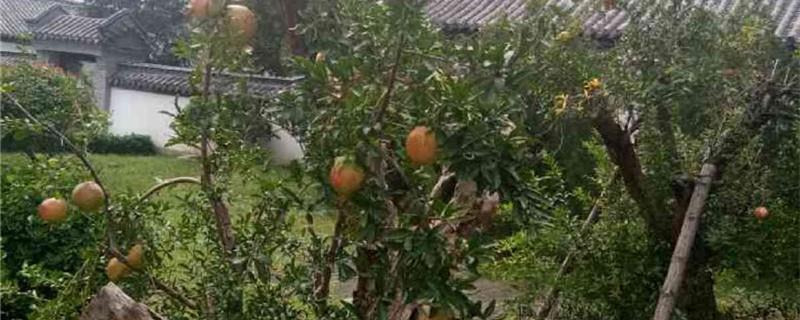Persimmon cultivation methods and precautions
Last Update :2024.04.29
Article Catalog
Temperature: When persimmons are in the growth period, it is enough to control the temperature at about 20 degrees. In winter, pay attention to keeping warm and not let it freeze; Watering: During drought, watering needs to be done every week Water, you don’t need to water when there is a lot of rain; Fertilization: During the growth period, you need to fertilize twice a month; Light: It can receive sunlight throughout the day.

1. Maintenance methods
1. Maintenance method
1. Temperature: The suitable temperature for its growth is between 9 and 23 degrees. The temperature when the fruit matures should be maintained at 19 to 23 degrees. At this temperature, persimmons are less likely to fall off and develop lesions, which can increase yields.
2. Watering: It is relatively drought-resistant. If the annual rainfall is more than 500 ml, there is no need to irrigate it. If it is a potted plant, it is usually watered once a week, each time. You don’t need to water too much, just make sure the soil is completely moist.
3. Fertilization: It can tolerate barrenness, but it does not mean that it does not need to be fertilized. Generally, fertilization is done once every two weeks during the growing period. Fertilizing is not required during the non-growing period. Fertilizing needs to be done once before winter to ensure that It is safe to survive the winter.
4. Lighting: It likes to live in an environment with abundant sunlight. If it is a plant maintained indoors, it can be exposed to sunlight throughout the day without human intervention. If the plants are maintained indoors, they need to be maintained in a sunny place, and the lighting time should not be less than eight hours a day.
2. Breeding skills
1. Propagation: Grafting is generally used to propagate persimmon trees. First, black dates are used as rootstocks. After the collected fruits are softened, the pulp is rubbed off and the seeds are left for later use. In November, soak the rootstock seeds for 24 hours, then mix them with wet sand, place them in a cool and leeward place, and wait for the next spring before sowing. The depth of sowing should be kept at about three centimeters. After sowing, cover with mulch. After the plants emerge, seedlings should be thinned and transplanted in time.
2. Pruning: It generally does not need to be pruned. After harvesting the fruit, just prune it appropriately. The pruning objects are mainly dry, rotten and fruit-bearing branches.
3. Problem diagnosis
1. Insect pests: It is more likely to be infected by the persimmon cotton scale. If found, it needs to be sprayed with diesel emulsion before the plant germinates in spring. This will eliminate overwintering pests.
2. Disease: The defoliation of plants is likely to be caused by lack of water. Especially when encountering drought, the plants must be replenished with water in a timely manner. Just water once a week.
IV. Other issues
1. Eating it: It is edible, but the elderly and children should not eat too much, otherwise it will cause indigestion.
2. Toxicity: non-toxic.
2. Breeding skills
3. Problem diagnosis
4. Other issues
- END -
How is the money tree cultivated? Is it grafted?

The money tree is usually cultivated by sowing and cutting. However, the cuttings ...
Four common plants in deserts

1. Cactus: It has very strong tolerance to drought and heat, and has strong vitali...